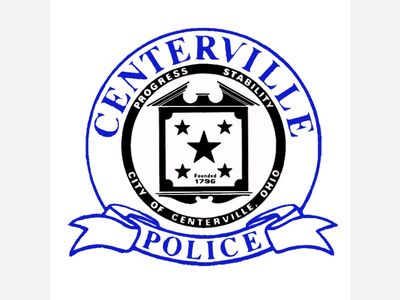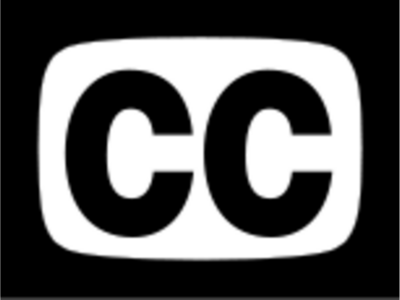Personal Finance: Retirement Strategies During Volatility
FOR IMMEDIATE RELEASE
PERSONAL FINANCE
Strategies for Retirement Distributions, Including Times of Volatility
You have made it to the finish line. You saved for years and now you are ready to retire. Congratulations! But now that you need to tap into your savings, which account should you take funds from first? The reason this is one of the most popular questions new clients ask is because it depends on a lot of complicated factors, and it can cost you hundreds of thousands of dollars if you make the wrong choices. Most retirees pull money from the wrong accounts at the wrong time. With better strategies, retirees can minimize their taxes and increase the inheritance they pass to their heirs.
For starters, most retirees take their first withdrawals from their tax deferred retirement accounts such as IRAs and 401(k) plans when they retire. But conventional wisdom suggests withdraws be taken in the order of taxable accounts first (accounts with taxable capital gains, dividends and interest), then tax deferred accounts (distributions taxed at ordinary rates), and Roth accounts last (qualified distributions have no taxation). This is a nice place to start, but it is an oversimplified rule of thumb and the planning should not end there. Taking funds from only a taxable account would result in very little taxation but you could be missing a great opportunity to minimize future tax as well.
Depending on your income types in retirement, you could potentially have very little taxable income due to the 0% capital gains bracket and rules for taxation of Social Security benefits. The standard deduction for married filing jointly in 2022 is $25,900. If there is no taxable income then this standard deduction is simply unused and gone forever. There are a few choices for how to utilize this deduction by creating income now, resulting in less income in the future.
- Complete a Roth Conversion. A no or low tax conversion could let you enjoy future tax free growth.
- Realize capital gains. Sell some appreciated stock with no or low taxation.
- Take an IRA distribution. If you will need the funds early next year, taking a distribution now might make sense.
Let’s use an example client that needs to withdraw $120,000/year. Taking this amount from tax deferred accounts would result in a 100% taxable distribution, and the need to take even more from the portfolio to pay the taxes. By taking the funds from the taxable account instead we avoid that taxation, but we want to simultaneously plan how we can avoid this in the future as well, if the taxable accounts are depleted or when Required Minimum Distributions begin. If our example client has $1 million in a taxable account and $2 million in tax deferred accounts, he might have enough in the taxable accounts to provide him with withdrawals to cover his cash needs for 8-12 years, depending on growth and inflation. If we avoid IRA distributions or Roth Conversions during that time, the result is a highly appreciated IRA, little to no other assets to pull from, and full taxation of retirement distributions in the future. You may face Required Minimum Distributions (RMD) in the future that are larger than your cash needs, causing excess tax and possibly increased Medicare premiums. The goal should be to even out the taxation to have income taxed steadily at low brackets in all years. This client could save thousands of dollars in tax by completing strategic Roth conversions over the 8-12 year period that IRA distributions are not needed or mandatory. It is very likely tax rates will increase in the future, so this is crucial to factor in when planning how to minimize lifetime taxes. Saving taxes in the current year is good but saving taxes in as many years as possible is better.
If you make large gifts to charity you will want to factor that in as well. Qualified charitable donations can be made after age 72 from your IRA directly to charities, which avoid any taxation and can help offset Required Minimum Distributions. Highly appreciated stock can be gifted directly into a charitable checking account or donor advised fund to skip realizing the capital gain on the appreciation and provide a tax deduction for the fair market value.
So does market volatility matter when you are planning which account to pull from? Yes, but asset type can be more important than account type. Start by trying to avoid distributions if possible. Perhaps dividends and interest are enough to make ends meet. As we know, the taxable account should be tapped first, but there are more reasons when the market is lower. If a distribution of $120,000 is taken from a tax deferred account when the market is down, it is still $120,000 of taxable income at your ordinary tax rate. A volatile market allows you to identify tax lots of holdings and strategically choose those that have a lower tax basis in a taxable account. An important caveat here is that you usually don’t want to sell a stock while the value is down if it can be avoided. During a down market, you will usually want to use cash on hand first, cash in your investment or retirement accounts second, fixed income such as bonds or bond funds, and if you can’t avoid it, stocks last. Additionally, Roth conversions can be especially beneficial during a low market since the appreciation that follows will be tax free.
Tax law is complicated, so always include your Certified Public Accountant (CPA) in your plans before any actions are taken. In a perfect world, everyone would have access to financial tax planning software that calculates these strategies for you, and factors in changes such as the SECURE 2.0 Required Minimum Distribution age change proposals likely to pass later this year.
Ashlee Walton, CFP®
Senior Financial Planner
James Investment
If you have questions or would like help with your strategy, call our Wealth Management team for a free consultation.
888-426-7640









